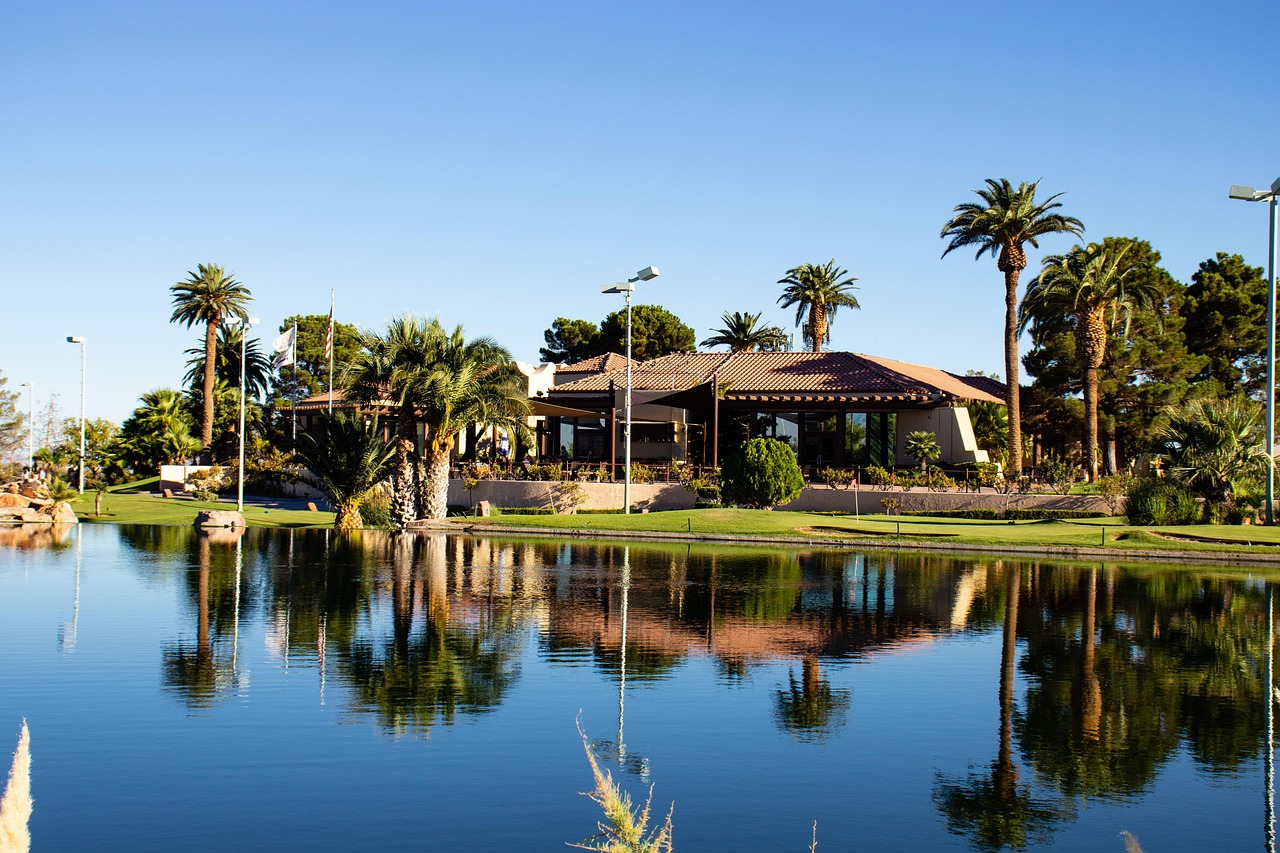Sprinkler irrigation systems are an essential tool for maintaining healthy lawns and gardens, offering an efficient way to water plants evenly and reduce waste. These systems mimic natural rainfall by dispersing water through a network of pipes and sprinkler heads, ensuring that your landscape receives the right amount of moisture. Whether you have a small backyard or a large commercial property, a well-designed sprinkler system can save time, conserve water, and improve the health of your plants.
One of the advantages of using a sprinkler irrigation system is its versatility. It can be customized to fit any landscape size or shape, making it suitable for both residential and commercial applications. The system’s components, such as pipes, valves, and sprinkler heads, can be adjusted to deliver water at varying rates and patterns, ensuring that every part of your garden receives adequate coverage. Moreover, modern systems often include timers and sensors that automate watering schedules, optimizing water usage and minimizing manual intervention.
A crucial aspect of installing a sprinkler irrigation system is understanding the different types of sprinkler heads available. There are several options, including fixed spray heads, rotary heads, and drip emitters. Fixed spray heads are ideal for smaller areas, providing a constant spray of water over a designated zone. Rotary heads, on the other hand, are better suited for larger spaces, as they rotate to cover a wider area. Drip emitters are perfect for precise watering of individual plants, delivering water directly to the root zone and minimizing evaporation.
For those interested in learning more about the benefits and installation of a sprinkler irrigation system, it’s important to consider factors such as soil type, climate, and plant species. These elements influence the system’s design and functionality, ensuring that it meets the specific needs of your landscape. Proper planning and installation are critical to maximizing the system’s efficiency and longevity.
Another key consideration when installing a sprinkler irrigation system is the potential for water conservation. By using advanced technology like weather sensors and smart controllers, these systems can adjust watering schedules based on real-time weather conditions, reducing water waste. This not only helps conserve a precious resource but also lowers utility bills and promotes environmentally friendly practices.
To get started with selecting and installing a sprinkler system, you may want to consult with professionals who can guide you through the process. They can help you assess your landscape’s needs, recommend suitable products, and ensure proper installation and maintenance. For more detailed information, visit this expert resource that offers comprehensive insights into choosing the right system for your landscape.
In conclusion, sprinkler irrigation systems are an effective solution for maintaining lush, vibrant landscapes. By delivering water efficiently and consistently, they support plant health while conserving resources. Whether you are a homeowner looking to enhance your garden or a business aiming to maintain an attractive property, investing in a sprinkler system can provide long-term benefits. With careful planning and the right components, you can create a sustainable watering solution that keeps your outdoor spaces thriving.






